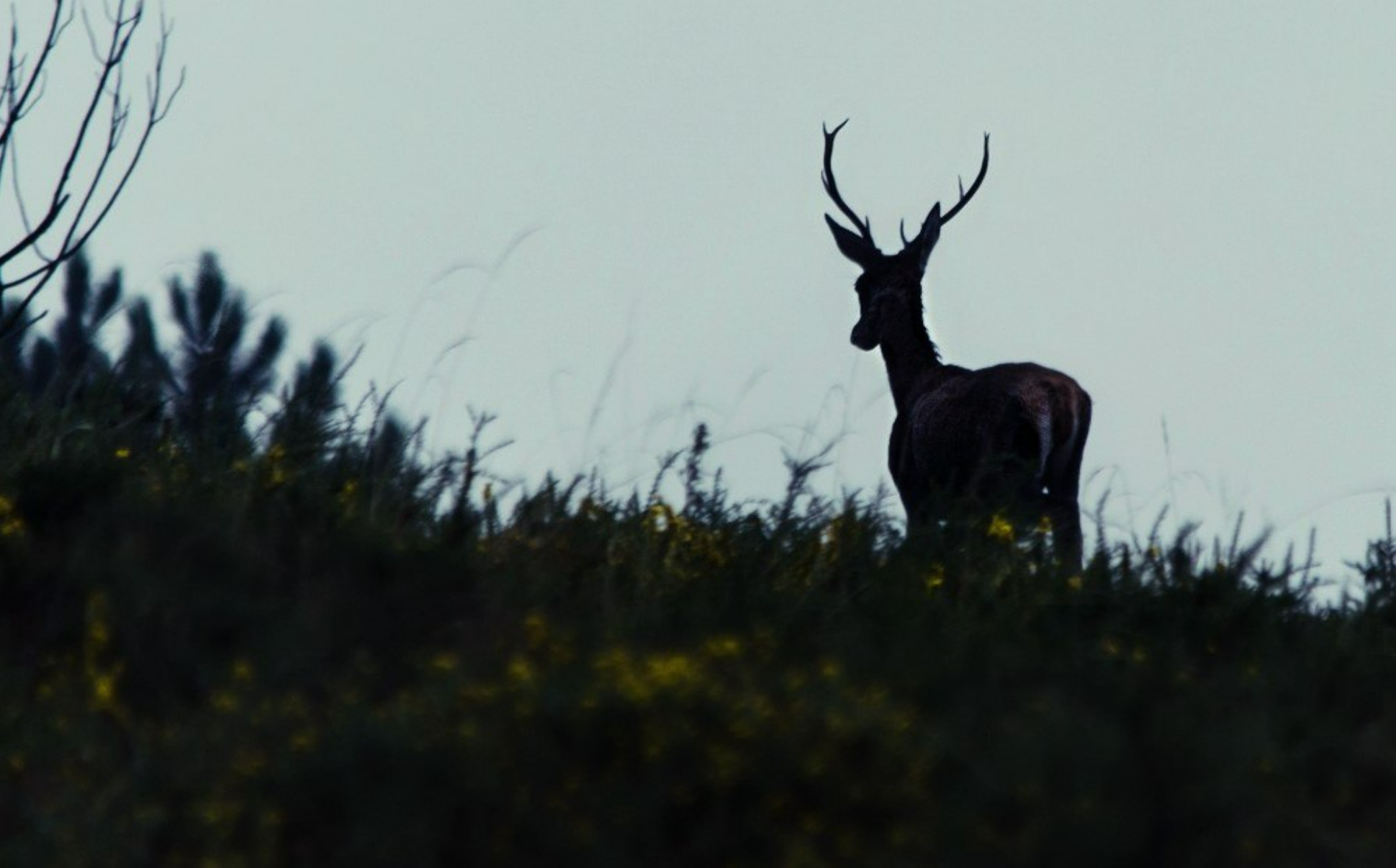One of the most successful wildlife reintroduction programmes in Portugal and across Europe has been under the scientific coordination of the University of Aveiro (UA). Three decades after the reintroduction of cervids in the Lousã mountain range, it is estimated that the deer population now exceeds three thousand individuals, while the number of roe deer is even higher.
Given this growth, the management plan for the Lousã National Hunting Zone now considers the possibility of initiating the hunting of these species within the next six years.
According to Carlos Fonseca, scientific coordinator of the Management Plan for the Lousã National Hunting Zone and researcher at the Wildlife Unit, Department of Biology, and Centre for Environmental and Marine Studies at UA, the strategy until 2030 involves monitoring the cervid population and assessing its negative impact, particularly on agriculture, forestry, and roadways. Among the mitigation solutions under consideration is the potential introduction of hunting in the National Hunting Zone, something unprecedented so far.
“Although there is already a considerable amount of information, it is essential to establish a more detailed knowledge base on these animals in order to consider hunting as a means to enhance the value of this territory,” explains the researcher.
Selective hunting could move forward in the coming years.
The feasibility of hunting will depend on the “quantity and quality” of the animals, says Carlos Fonseca, who identifies 2026 or 2027 as possible years to initiate the process. The specialist believes that conditions are favourable for moving in that direction.
Nevertheless, he emphasises that the hunting methods to be adopted will be “essentially selective”, as the central massif of the Lousã mountain range provides ideal conditions for these species, and efforts should be directed towards promoting sustainable population management.
Originally published in: UA Notícias, 10 March 2025
